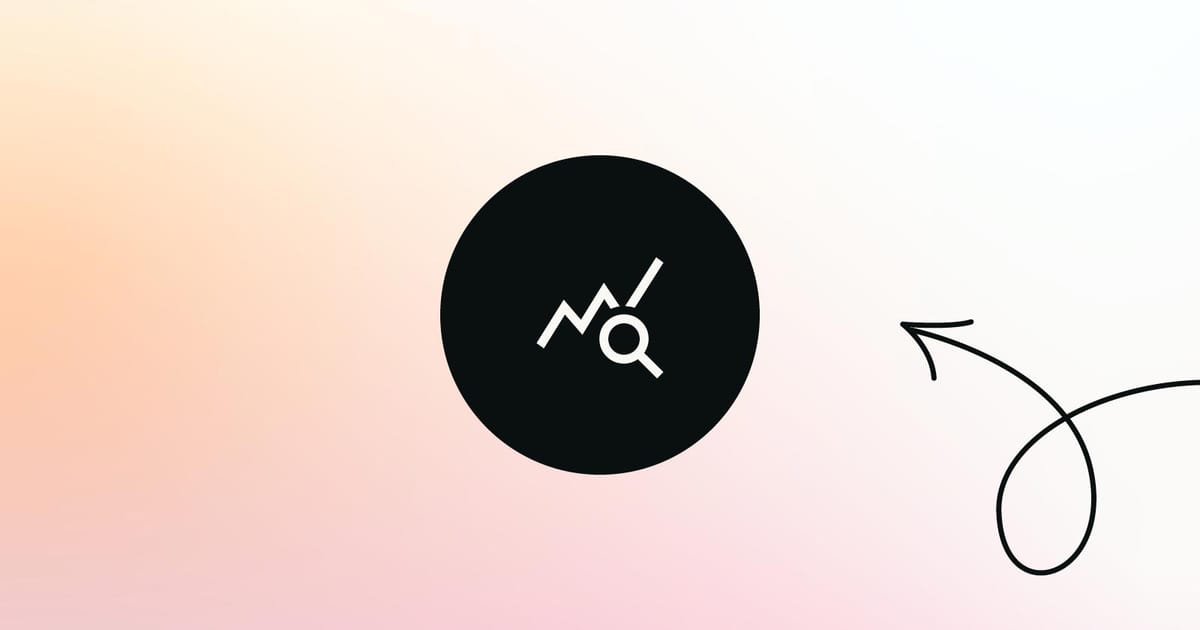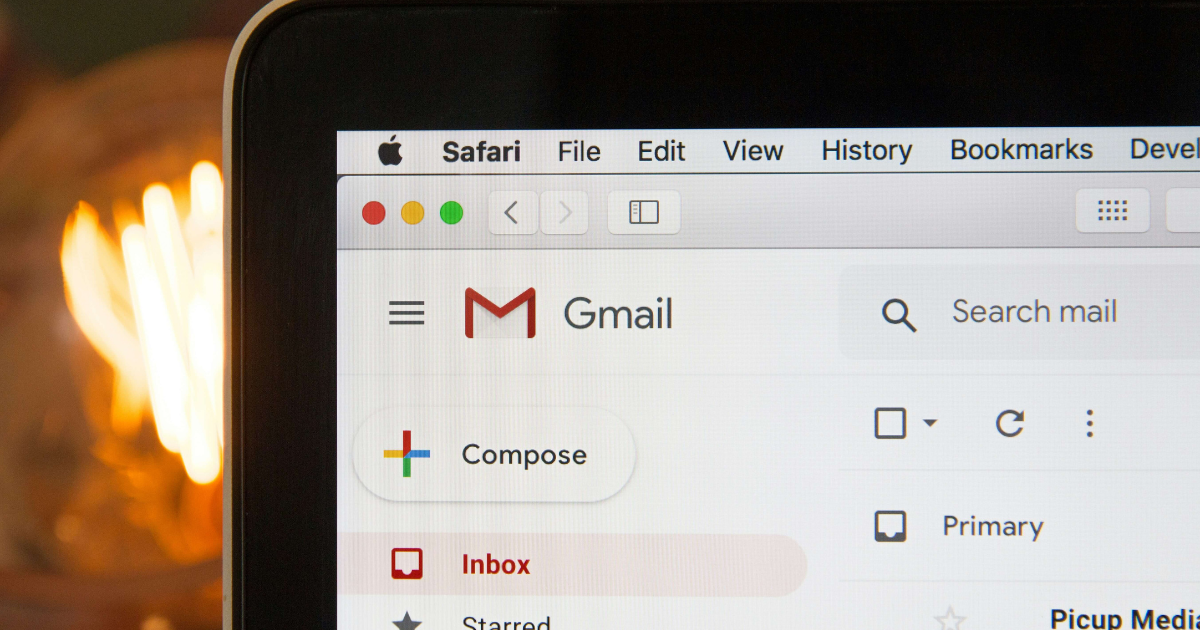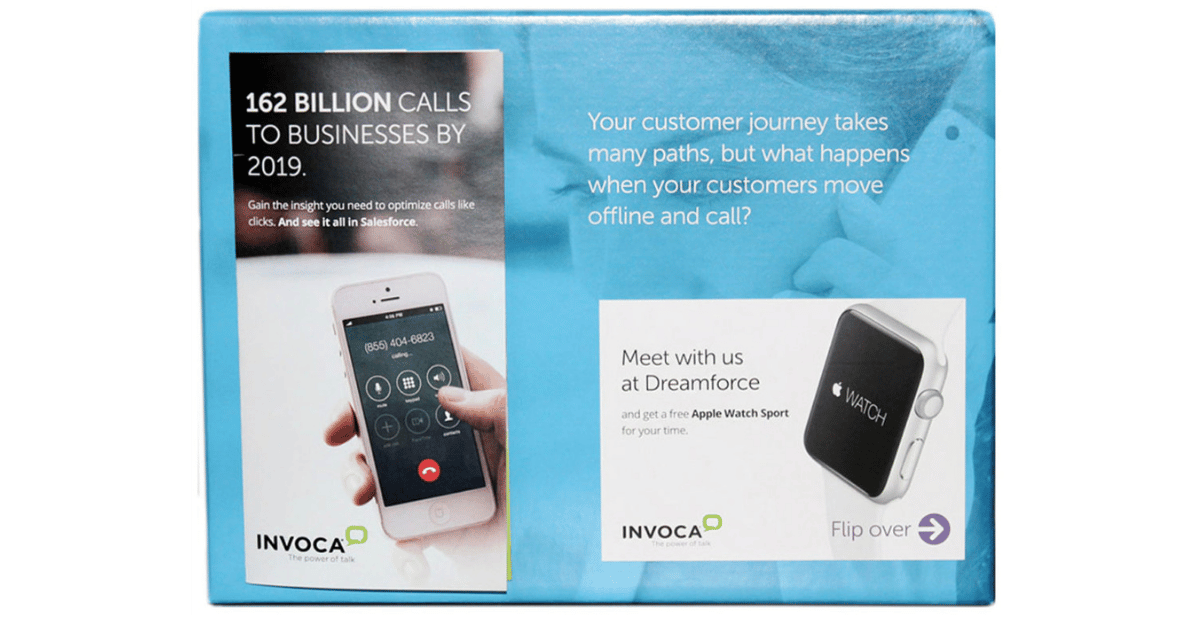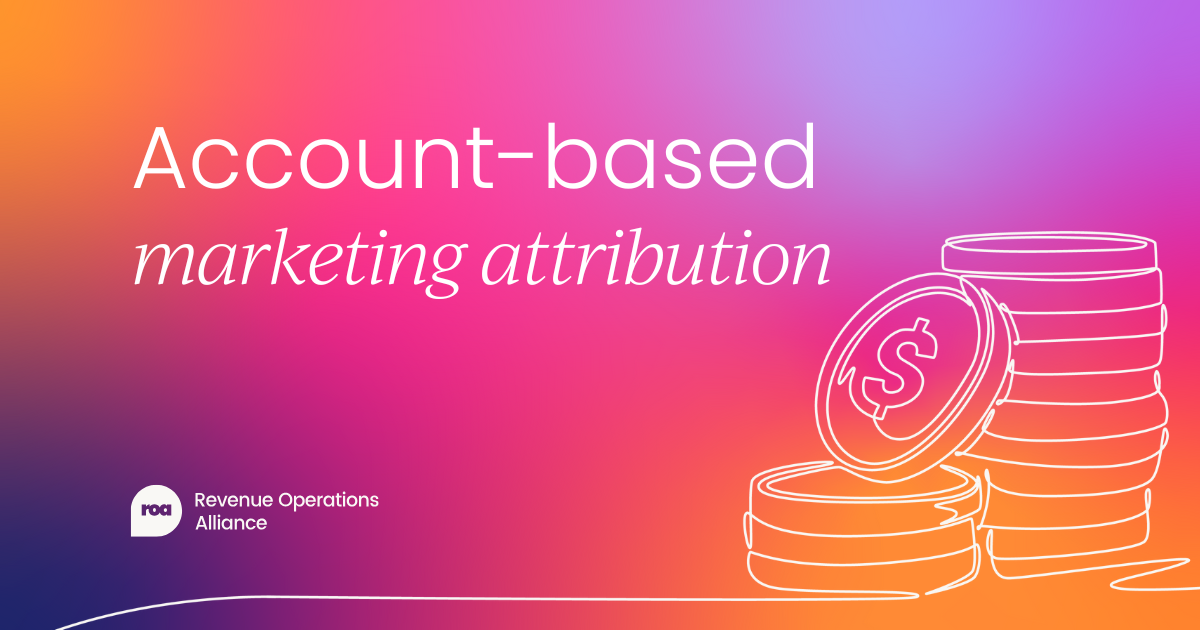Targeting buyers at each stage of the customer journey is always challenging, but an account-based marketing (ABM) approach can help you narrow down your efforts and meet your customers where they are.
The key? Quality campaigns that truly resonate with your customers. (Not 100s of vague messages.)
Whether you’re running your first ABM campaign or 1000th, sometimes you just need a few ideas to fan your creative flame.
Skip ahead:
- ABM content at each buyer stage
- Distribution channels
- 14 ABM campaign examples
Content for each stage of the customer journey
Before we dive into the real-world examples let’s quickly explore some campaign ideas for each stage of the customer journey. This may help you to generate some initial ideas before we dive into the examples.
Awareness stage
In the awareness stage, your target customers may not even know they have a problem yet. That’s why it’s important to enlighten them.
Some campaign ideas to educate your audience include:
- Sharing your value proposition in words your customers use.
- Thought leadership content discussing the problem and how it can be solved.
- Share memes and relatable challenges your offering solves (but don’t mention your product yet).
There’s also a good chance your prospects aren’t aware of your brand at this stage, so you should also build authority and trust through campaigns like:
- Thought leadership from experts in the field.
- Highlighting customer testimonials and case studies.
- Sharing the faces of your sales team to make your outreach more personal.
Consideration stage
As your customers become aware of their problems and recognize your brand, you can start to solidify their trust and share the benefits of your offering.
Some campaigns to run for those in this stage include:
- Informative content: Continue sharing informative content to gain trust, this pairs well with a lead-generation campaign.
- Use cases: Share the specific use cases and benefits your product offers.
- Retargeting: Follow up with interested prospects through personalized retargeting ads.
- Case studies: Share specific examples of how your customers use your platform and how it benefited them (with stats!). Bonus points if this is industry-specific.
- Objection-specific: You can also create ads tailored to the segments’ key objections and address them early.
Post-purchase
Once your prospects turn to customers, your focus turns to retaining and nurturing those relationships. You never know – the right message might lead to them becoming an advocate or expanding their account.
You can run ABM campaigns focused on:
- Adoption: Help your customers make the most of your product with tutorials, tips, and reminders.
- New features: Hype up new features and their benefits to your customers.
- Asking for a review: Ask happy customers to leave a review or participate in a case study.

Distribution channels
For each of those campaigns, there are loads of platforms you can use to distribute your message such as:
Organic social
Ideal for one-to-many campaigns, social media platforms such as Linkedin, Facebook, Instagram, X, YouTube, etc. are great places to gain brand awareness and trust by tailoring your message to the pain points of your audience.
But since it’s difficult to control who sees your organic posts, this channel isn’t ideal for more targeted campaigns.
Paid social
A more targeted approach to social media marketing is using paid ads to segment your audience and tailor your messaging. This can be particularly effective for reaching different personas and buyer stages.
The key is to effectively set up your account targeting to achieve a higher conversion rate.
Display ads
Display ads allow your targeted messages to appear across the internet, helping to keep your brand top-of-mind for your customers.
These are a great way to retarget customers who’ve fallen off your customer journey, especially if you can offer them something valuable in exchange for their action (see articles and whitepapers below).
Email marketing
Using emails in your ABM campaigns is a great way to personalize your outreach to a wide range of audience sizes.
For example, your marketing team can easily segment your audience by factors like job title, location, and/or industry to provide tailored content to your audience.
While your sales team can get even more granular and target prospects who’ve shown interest in your product before, or even contacts who work at a certain target company.
Email marketing is a versatile tool for your account-based campaigns, which can be used across one-to-many, one-to-few, and one-to-one initiatives.

Articles and whitepapers
Articles and whitepapers are a great way to showcase your brand’s expertise and build trust with your audience. While many articles are written for a wide audience, that doesn’t mean they aren’t valuable in an ABM campaign.
By tailoring your content to a particular industry or job role, you can target specific audiences with your articles and whitepapers. This is especially effective if you pair this with a paid campaign.
Plus, targeted whitepapers that truly add value to your customers are a great way to increase your lead generation.
Podcasts
Starting your own podcast series is a great way to create additional thought leadership content that builds authority and trust. Engaging with prominent leaders in your industry will also solidify your image.
Another way podcasts can be utilized in your ABM strategy is through paid sponsorship. By placing ads in popular podcasts your target audience listens to, you can get your tailored message out to a specific segment.
Webinars and events
Sometimes building genuine relationships with your buyers is the best way to engage with them and earn their business. That’s where webinars and events can come in handy.
You can invite a group of your dream buyers into a room for a free meal and networking event to create a valuable experience and an opportunity to connect on a meaningful level.
This can also be done virtually, with additional time for sharing thought leadership or answering questions.
Direct mail/PR packages
To truly grab the attention of your dream client you can go old-fashioned and send them some personalized mail or a nice gift. This acts as a nice gesture to get them excited about working with you.
The key to this approach is getting the personal aspect just right, while standing out enough for your target customer to take notice.
Mixing and matching these channels with your campaign ideas can lead to loads of targeted account-based approaches to try. Now without any further ado, let’s dive into some ABM examples.

Real-world account-based marketing campaign examples
1. Personify
As we said, generic ads don’t take you far these days, that’s why Personify doubles down on targeted ad campaigns that speak directly to the user and their challenges or goals.
Here are their four steps for success:
- Create a list of their top accounts and the companies they want to target.
- Segment them into buyer persona groups, highlighting the buyer stage, company, and persona.
- Use this information to create personalized messaging that’ll resonate with that buyer. You can use customer data from your CRM to solidify your message.
- Run targeted ads using these messages.
Using this approach Personify saw a 39x increase in engaged sessions on their website. A huge win for targeted marketing.
2. Thomson Reuters
Thomson Reuters used a three-pronged event-based ABM strategy to drive brand awareness, build trust, and reduce churn.
For prong one they hosted around 700 in-person and online events across North America, inviting key stakeholders and buyers from high-value accounts with long sales cycles to attend and learn more about the brand’s solution, all while networking with their peers and gaining industry insights.
While those events targeted new accounts, another strategy aimed to engage new customers who hadn’t engaged since purchasing…
The Thomson Reuters team hosted high-profile events for those customers, inviting them to exclusive dinners and sporting events, even setting them up with luxury hotel suites to seal the deal.
Lastly, for prong three key long-term clients were also invited to these exclusive events and also provided opportunities to share their knowledge via:
- Panel sessions at events,
- Blog articles, and
- Social media mentions.
The result of this double-whammy ABM campaign? A whopping 95% win rate. 👏
3. Intridea
Interidea only had one client in mind.
So they used a cheeky one-to-one marketing campaign to ensure their ad wouldn’t be missed.
Their target?
Ogilvy. One of the biggest names in advertising – so, no pressure. 😬
This was a “go big or go home” moment for the Interidea team, so naturally, they went big. Really big. Like billboard-outside-Ogilvy-HQ big.
The brand plastered the billboard across from Ogilvy’s HQ in Manhattan with the tagline, “Ogle this, Ogilvy,” challenging the ad powerhouse to hire Interidea.
It even linked out to a custom landing page leading to a collection of funny gifs.
But the question on the tip of your tongue – Did it work?
Yes. Ogilvy’s CEO called to ask for a meeting.
The lesson from this one? Don’t be afraid to narrow down your campaign to focus on your dream clients. It doesn’t need to be 672 square feet, it could be a personalized gift or cheeky direct mail message.
4. Salsify
SaaS brand, Salsify, needed to efficiently increase attendance at their upcoming New York event, so they unleashed a coordinated plan.
Let’s break it down.
They started by creating a strategic list of key accounts to target. This involved nailing the ideal customer profile (ICP) they wanted in attendance and researching suitable prospects.
With their target audience in mind, their sales and marketing team dived into their campaign.
Starting with a compelling marketing message to drive awareness of the event, then retargeting accounts with display ads and personalized email outreach. Finally, they sealed the deal with well-timed follow-ups from the sales team.
The campaign which took them a mere two hours to set up, led to huge success, exceeding the target attendees by 37%.
This campaign relied on exceptional alignment between Salsify’s marketing and sales teams, to combine forces and deliver a great experience to their prospects.
5. Invoca
Ever wondered how to stand out from the sea of vendors at a conference? Invoca used this approach…
Back in 2015, Invoca attended Dreamforce looking to book meetings with their prospects. In return, the brand offered Apple Watches to everyone who booked a call.
This certainly piqued the interest of the crowd, drawing more attention to Invoca’s booth throughout the day.
But this wasn’t just a flashy gift for those booking deals, the brand hoped the high-tech watch would also serve as a reminder for the meeting and follow-up, boosting attendance rates.
This play worked out, as the campaign significantly outperformed its lead generation and pipeline targets.

6. Segment
The team at Segment wanted to personalize their target audience’s experience, so they created dynamic landing pages focusing on the key pain points of each of their personas:
- Engineers,
- Product managers, and
- Growth marketers.
Another key feature of this campaign was tailoring the list of tools Segment can integrate with based on the customer viewing it. This means the landing page will change to highlight the tools used within the prospect’s organization.
Pretty neat right?
This campaign focused on using customer data to create a more streamlined customer experience, allowing site visitors to see the information most relevant to them.
The results include a hefty boost to Segment’s conversion rates, with both new and existing customers loving this targeted approach.

7. CelerData
CelerData was looking to increase their sales pipeline – they already have a dedicated Slack community but they wanted to take this further.
The brand focused on gathering data points across multiple channels (Slack, X, LinkedIn, Reddit, GitHub, etc.) to determine the right time and place to reach out to their ideal customers.
For those not already in their Slack community, the CelerData team invites them to join, with no pressure. This leads to a high number of conversions into Slack.
Then, by monitoring the Slack channel and buyer intent signals, including mentions of their paid offering, the sales team can easily reach out to the most receptive prospects.
This approach has led to a 75% increase in signal-sourced pipeline, making up a majority of the sales-qualified leads in their pipeline. As a bonus, this system has also drastically improved the alignment of sales and marketing.
8. GumGum
Another example of great one-to-one marketing is this comic by GumGum.
The brand wanted to book T-Mobile in a unique and memorable way. So, the team set to work targeting T-Mobile's CEO, John Legere, who’s a huge comic book fan.
The GumGum team created a custom comic featuring John as the main hero, T-man, while GumGum was portrayed as his sidekick, Gums. But this wasn’t just a cover, the team filled the plot with references to how the brand could support T-Mobile.
This campaign was a huge win for the GumGum team as they gained T-Mobile as a client, and received a shoutout from John on social media.
This campaign was a masterclass in personalized outreach to win over your biggest clients.
9. LiveRamp
When LiveRamp decided to boost their enterprise accounts they decided the best place to start was with a list of Fortune 500 companies.
After reviewing each account against their ICP, the team had narrowed down their target list to 15 key accounts they thought would be best suited for their solution.
With their list in tow, they got started on creating a multichannel campaign set to win over these huge names.
The campaign achieved a 33% conversion rate from cold lead to meeting booked – in just four weeks! But that’s not all, the LiveRamp team also increased year-on-year revenue by 10 times and customer lifetime value by 25 times over a two-year period.
Here are the ABM pillars that helped them achieve this huge result:
- Aligned marketing and sales efforts.
- High-value, regional thought leadership events emphasizing learning and development.
- Cohesive engagement and messaging through personalized display ads, email marketing, multi-touch sales strategies, and direct mail.
- Automation.
10. Microsoft
Who says account-based campaigns are only for B2B marketing? Microsoft brought out the big guns to engage teenagers with the future of technology.
The big gun being: NBA star, Donovan Mitchell, who set out to educate young people on technology and inspire them to explore the world of innovative gadgets.

By collaborating with a star who resonated with their audience, Microsoft established an emotional connection with a generation through in-person experiences and an authentic social media campaign.
In short, Microsoft and Donovan’s collaboration captured the hearts of the upcoming generation.
11. SAP
SAP is the largest vendor of resource planning software, but the team there realized a huge flaw in their current marketing strategy.
At SAP, the top 10% of accounts made up over a third of the company’s revenue, yet when many decision-makers in those organizations were asked, they didn’t know which SAP products were being used at their company.
This had to change so the team set off to develop an account-based strategy for these top 10% of accounts.
The team started creating custom marketing plans for accounts that met their criteria and initiated regular communication with key decision-makers in these accounts to help them execute their goals.
Starting with only five accounts in this program, SAP scaled up to 55 one-to-one accounts over two years.
These efforts paid off as the team secured $27 million in new pipeline opportunities and progressed $57 million down the pipeline.
12. Rollworks
Rollworks set out to scale their business but in their way was a stalled sales cycle. To fix this their marketing and sales teams worked together to create a multichannel ABM campaign, utilizing display ads, custom landing pages, and direct mail.
Prospects who hadn’t progressed in 35 days received an “Over-the-line” kit in the mail. This pack contained a notebook with a checklist of steps required to start using RollWorks’ products. It also included customer testimonials every few pages.
The team continued their efforts with these initiatives:
- Lower-funnel display ads designed to educate customers on the various benefits of adopting their full product suite.
- Running an email campaign that led to highly personalized landing pages.
- Sending “door opener” kits to new prospects.
Overall, the team increased its appointment rate from 2.6% to 10.2%, and those who received a message through direct mail were 3x more likely to book an appointment with the company.
The team also achieved a 41% closing rate and increased buzz through social media word of mouth from prospects sharing photos of the direct mail pieces online.

13. Genesys
In this example, Genesys used personalization to create better engagement with their customers and increase their opportunities.
Their competitors had excellent marketing teams who were beating them in this area and as an added blow the Genesys team didn’t have enough customer insights to know their pain points.
To overcome this, the team devoted themselves to collecting and analyzing data, as well as onboarding new technology to help them include more personalization in their campaigns.
Once they had their data, the brand detailed five buyer personas of key executives and established the best ways to engage with them including tone of voice, communication style, and conversation starters. These personas were built as a collaboration between sales and marketing, to keep everyone on the same page.
Their next step was to create high-quality thought-leadership content to be distributed by:
- Mail,
- Direct mail, and
- Social media by sales teams.
Then, prospects who engaged with the campaign were mapped, segmented, and entered into the ABM program, where the team used predictive marketing to monitor buying signals. Helping to target accounts more precisely, and allowing automated account-based marketing tactics.
The result of this campaign is clear, Genesys received a 74% engagement rate with their key accounts and a 400% increase in their target pipeline.
14. Robin
Our last example comes from Robin, who sought to use customer success stories to target new prospects and improve sales pipeline. They wanted to get enterprise accounts excited about the benefits of Robin’s service.
The team ran a paid social media campaign showing target decision-makers pictures of the office spaces of Robin's specific existing accounts. The images acted as a visualization of what their workspace could look like with the brand’s offerings.
Making your offering more tangible is a great way to highlight its benefits, so these beautiful images of office spaces resulted in a 50% increase in website traffic and a 20% increase in leads generated.
Final thoughts
As you can see there are many great ways to incorporate account-based marketing into your strategy. All it takes is some creativity, aligned sales and marketing teams, clear customer insights, and the confidence to stand out.











